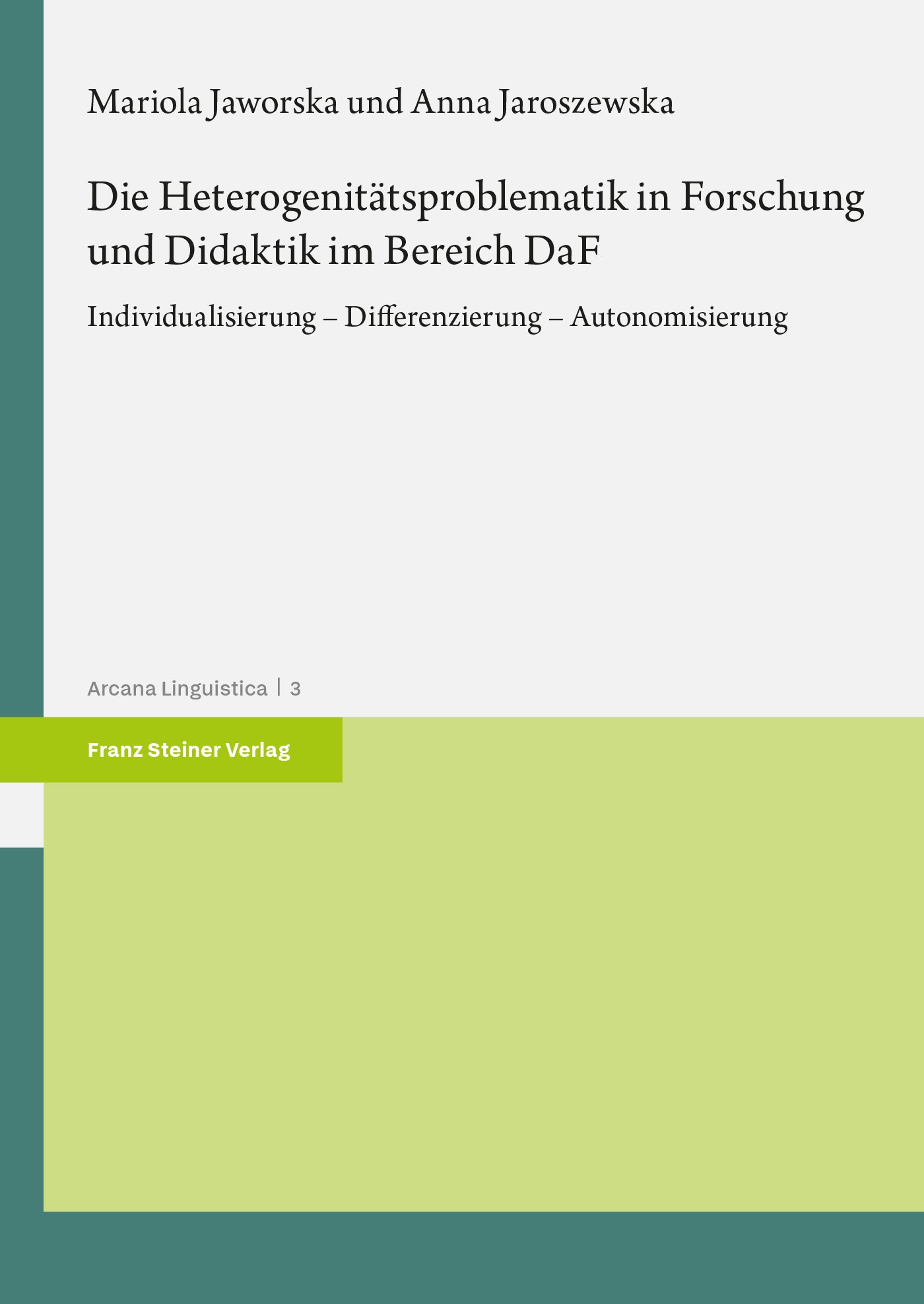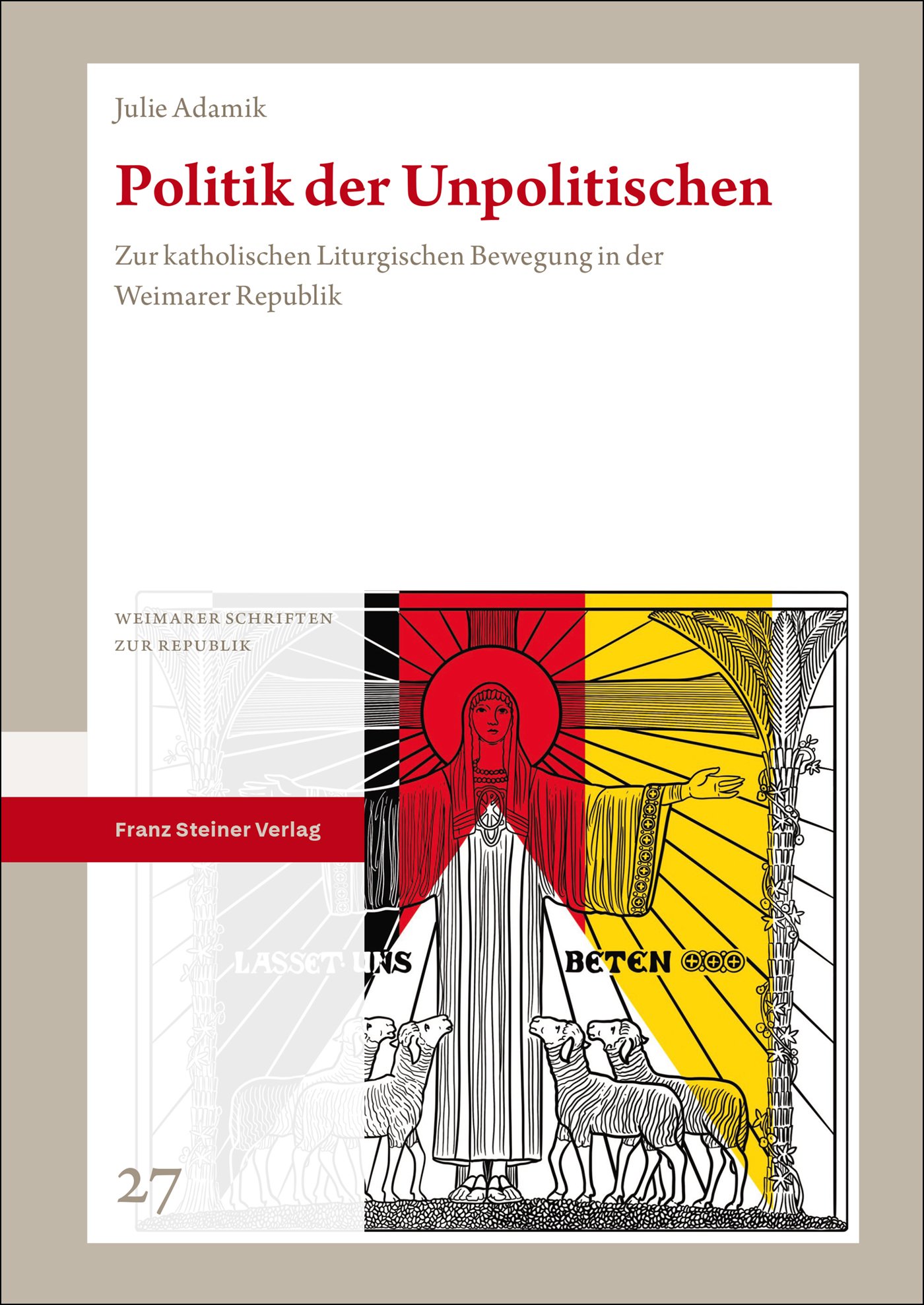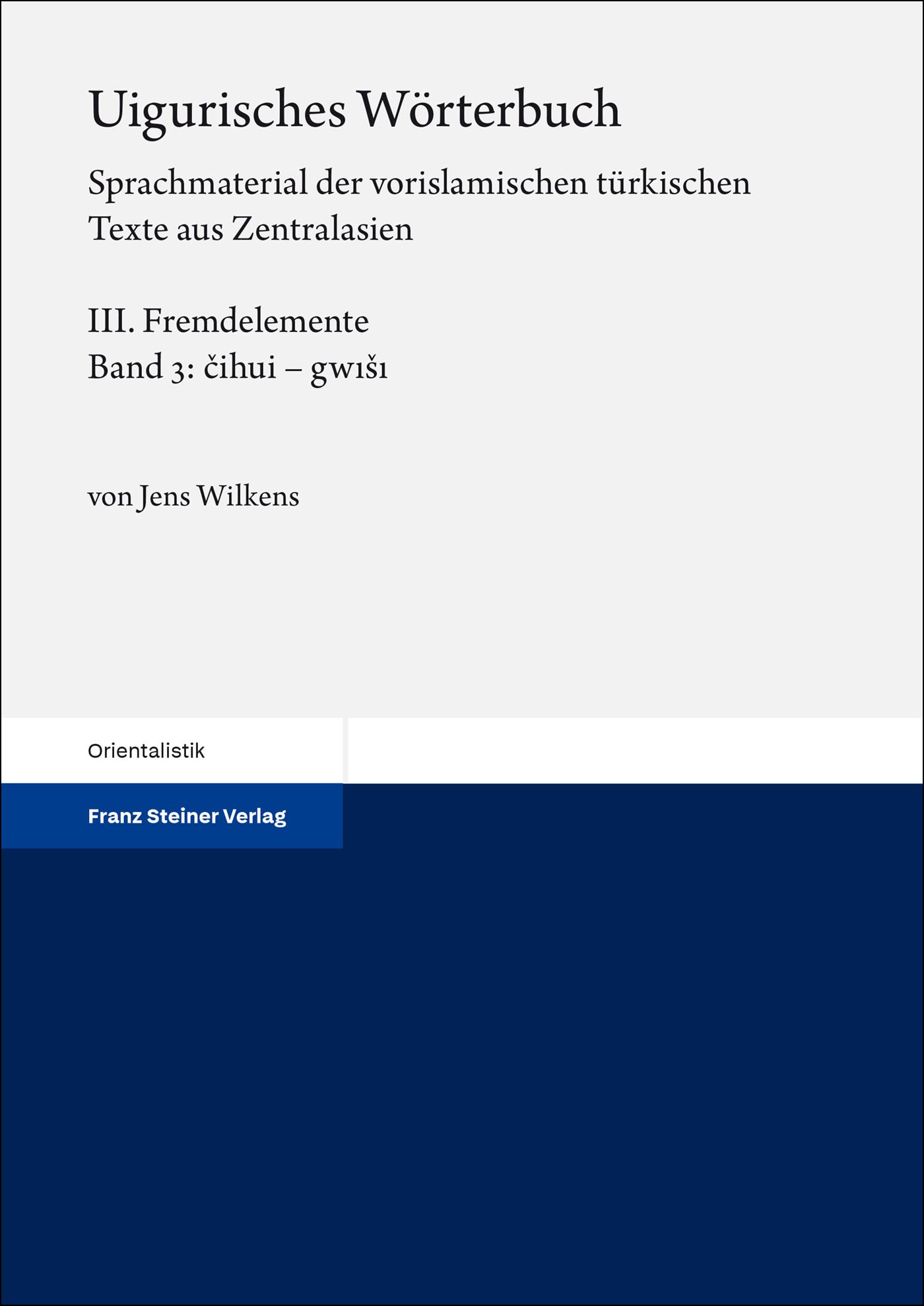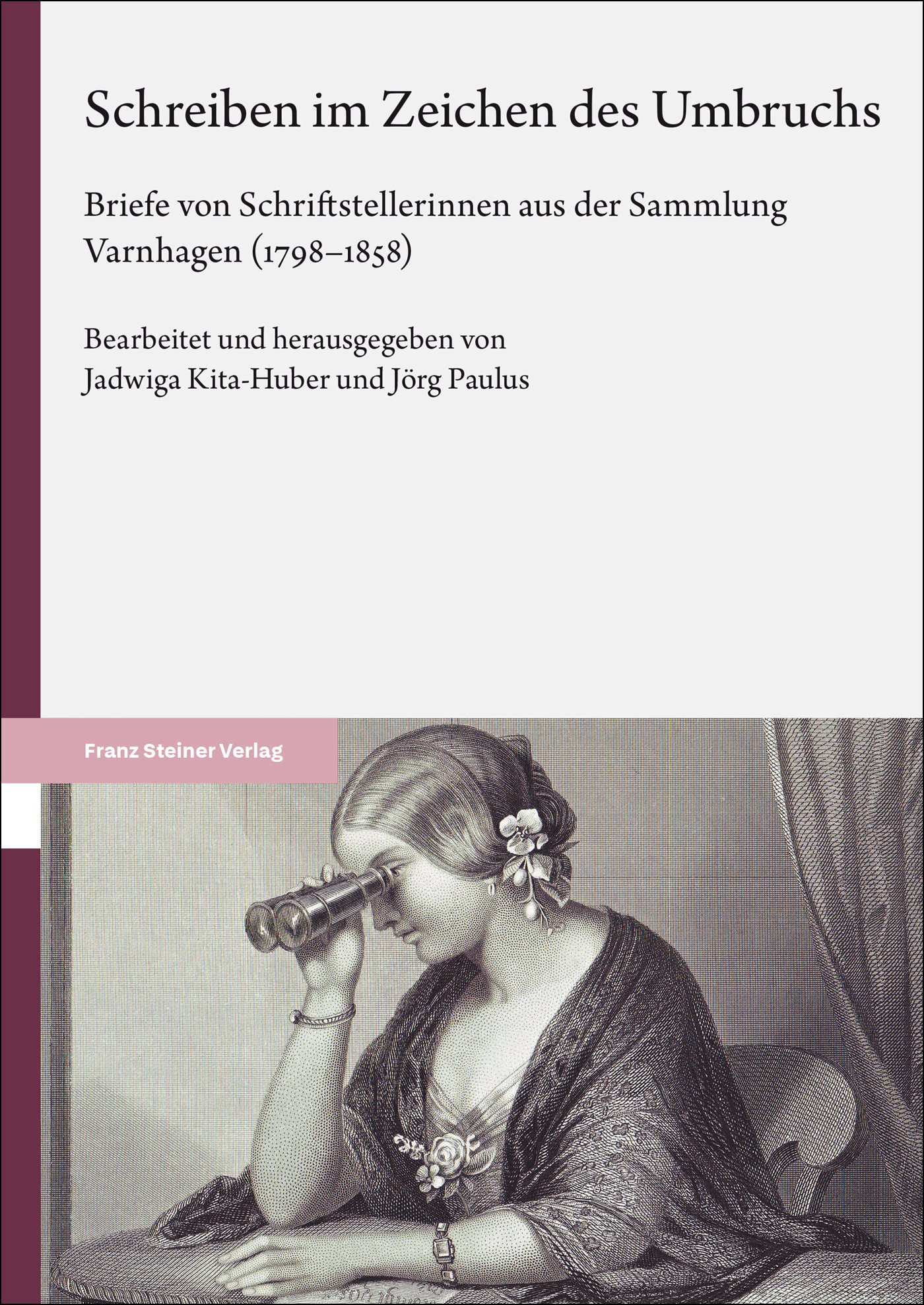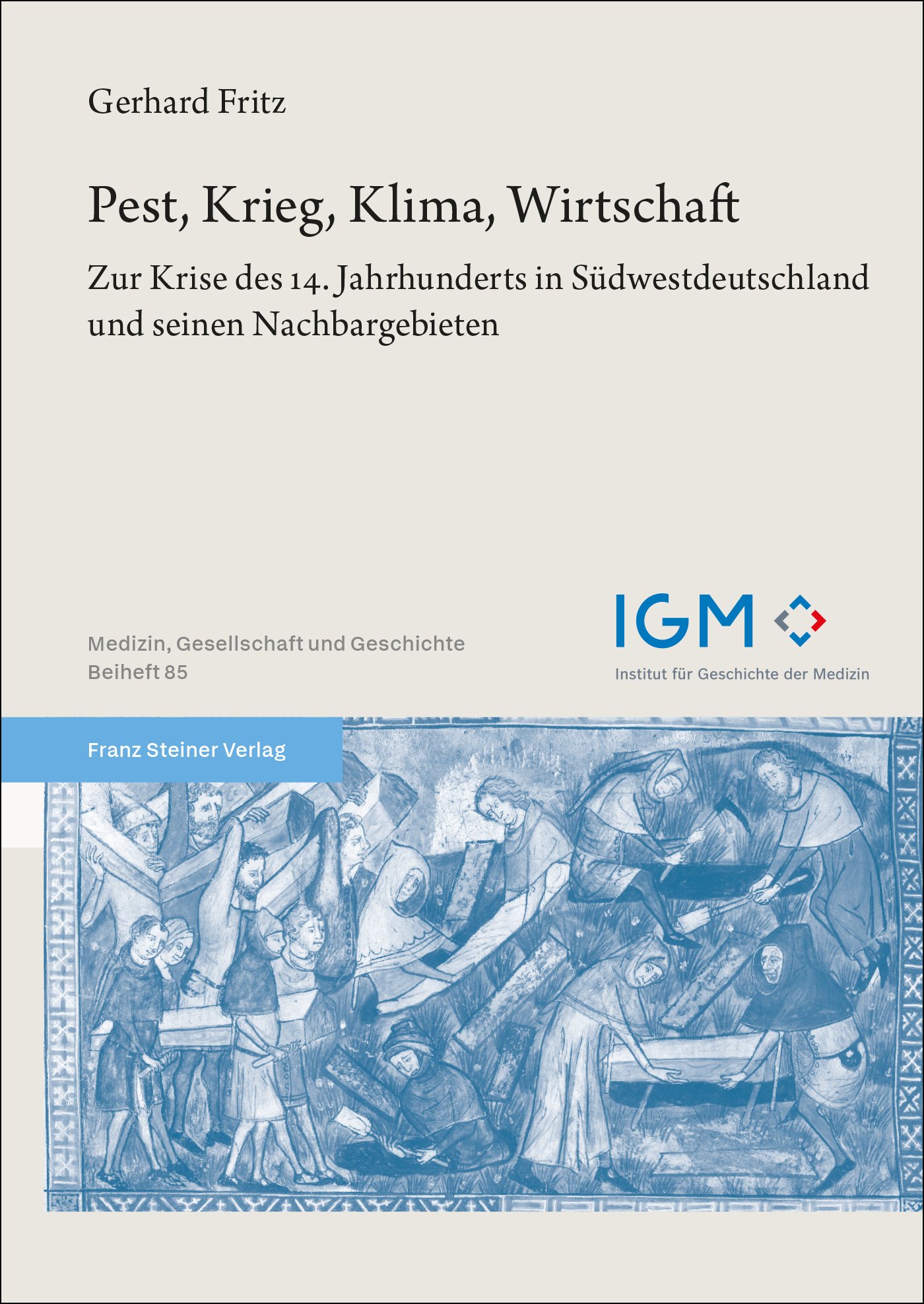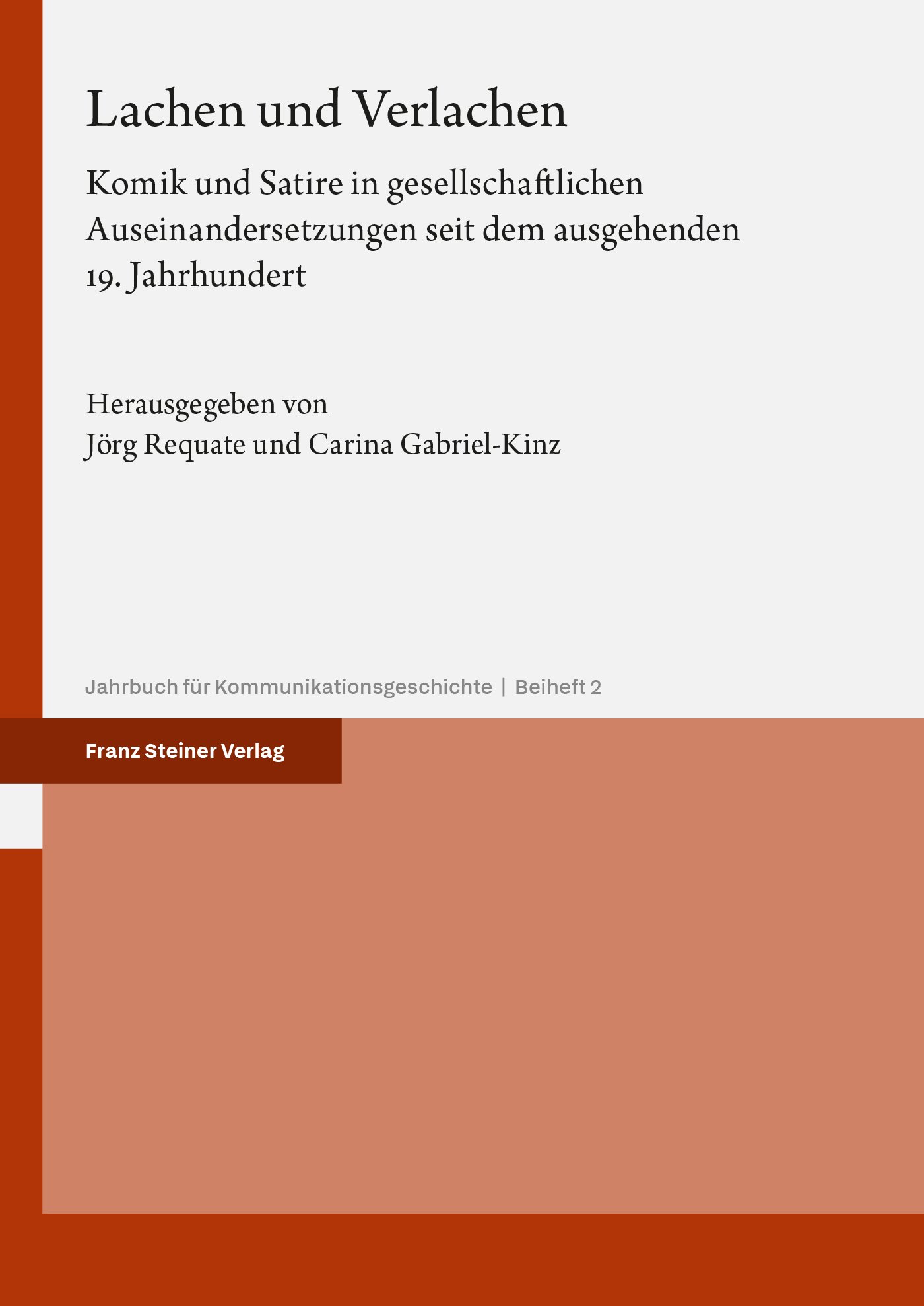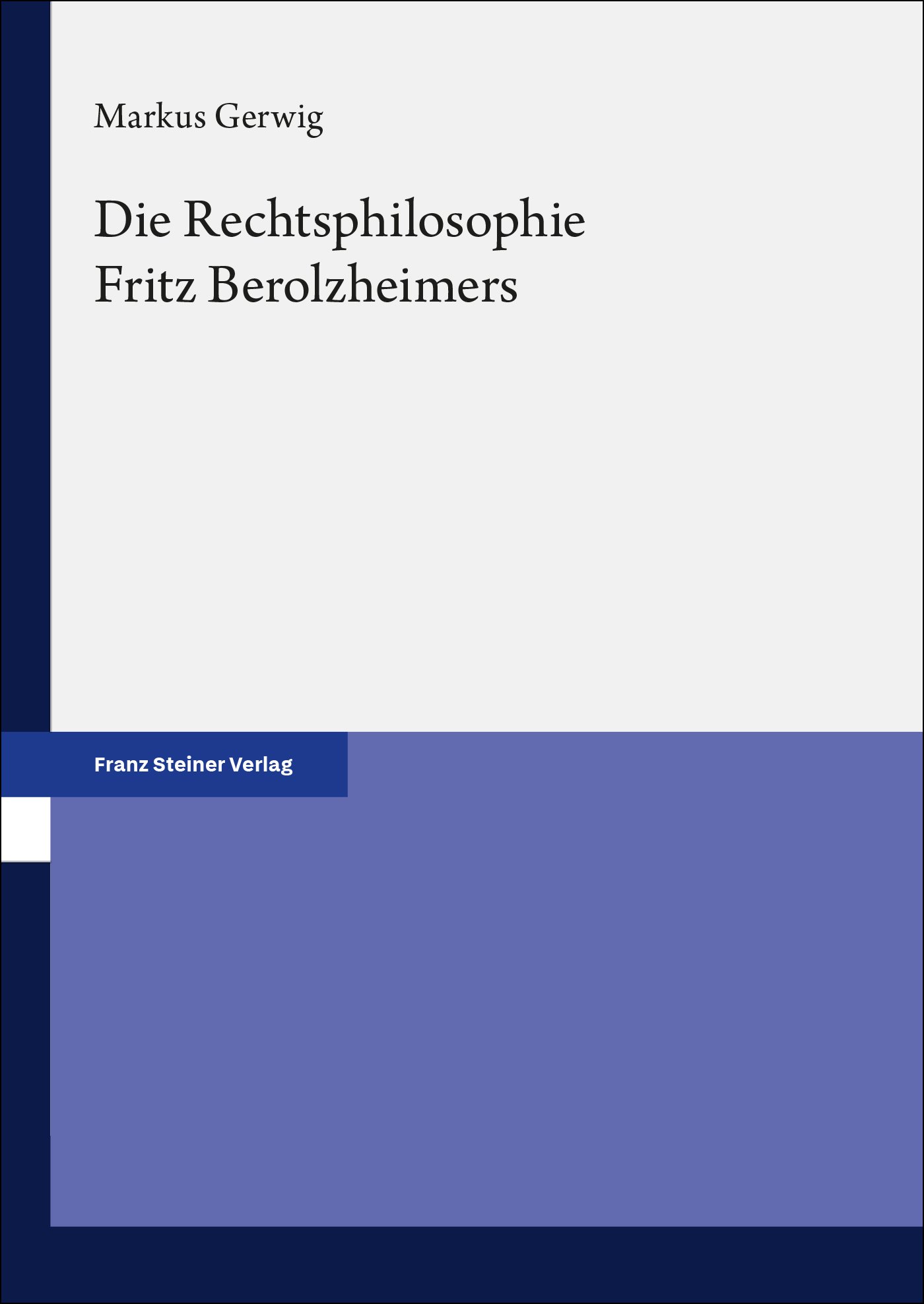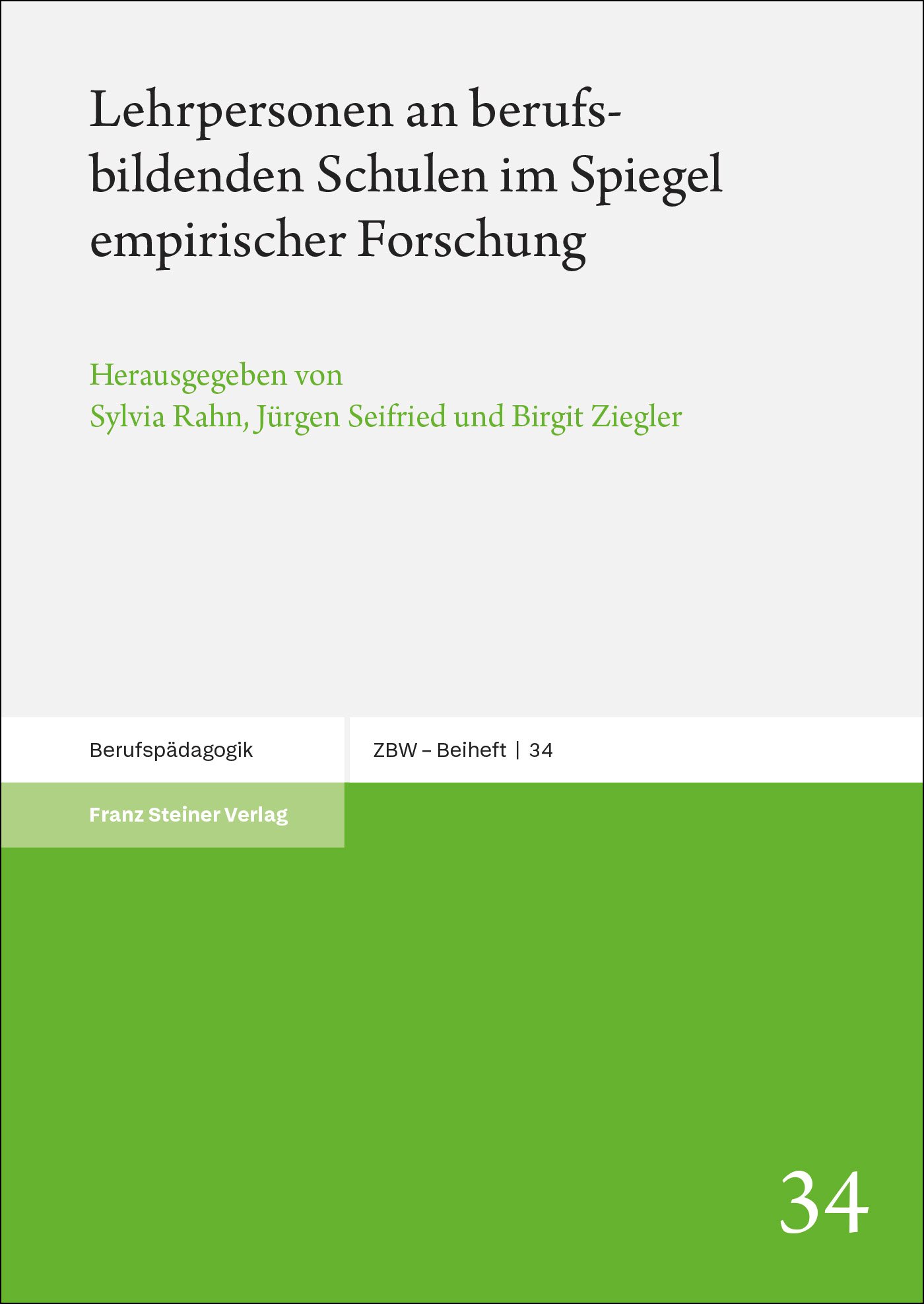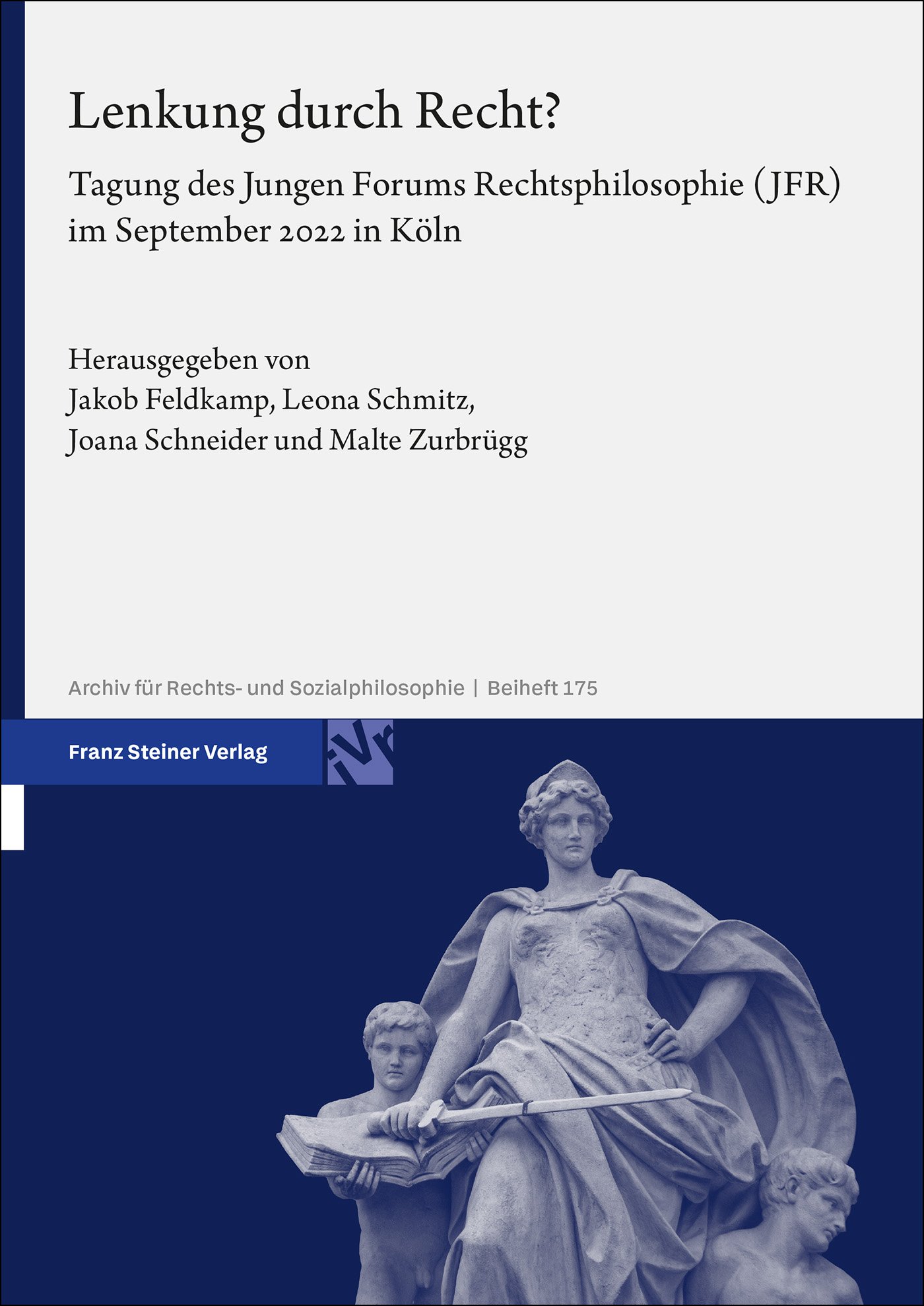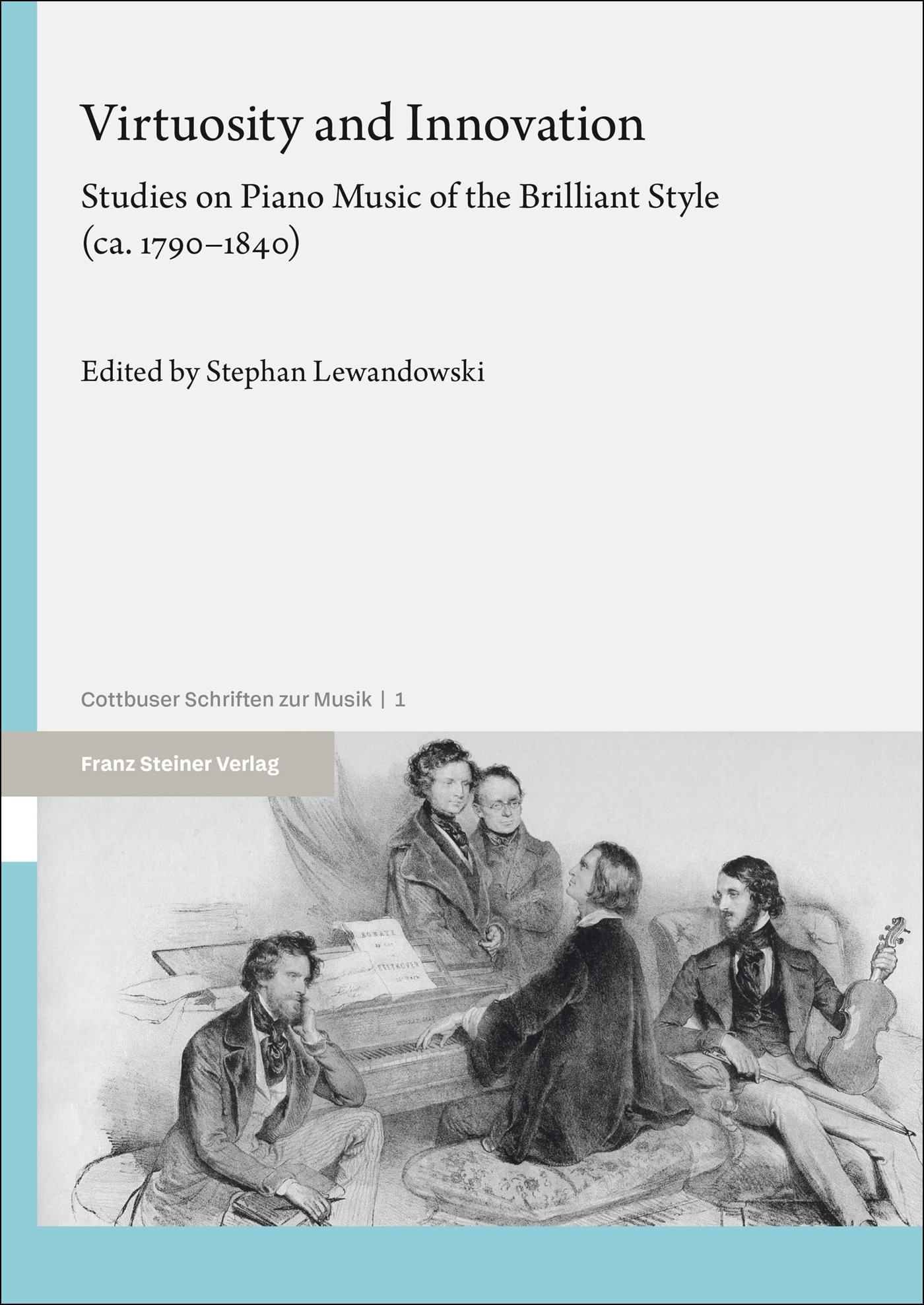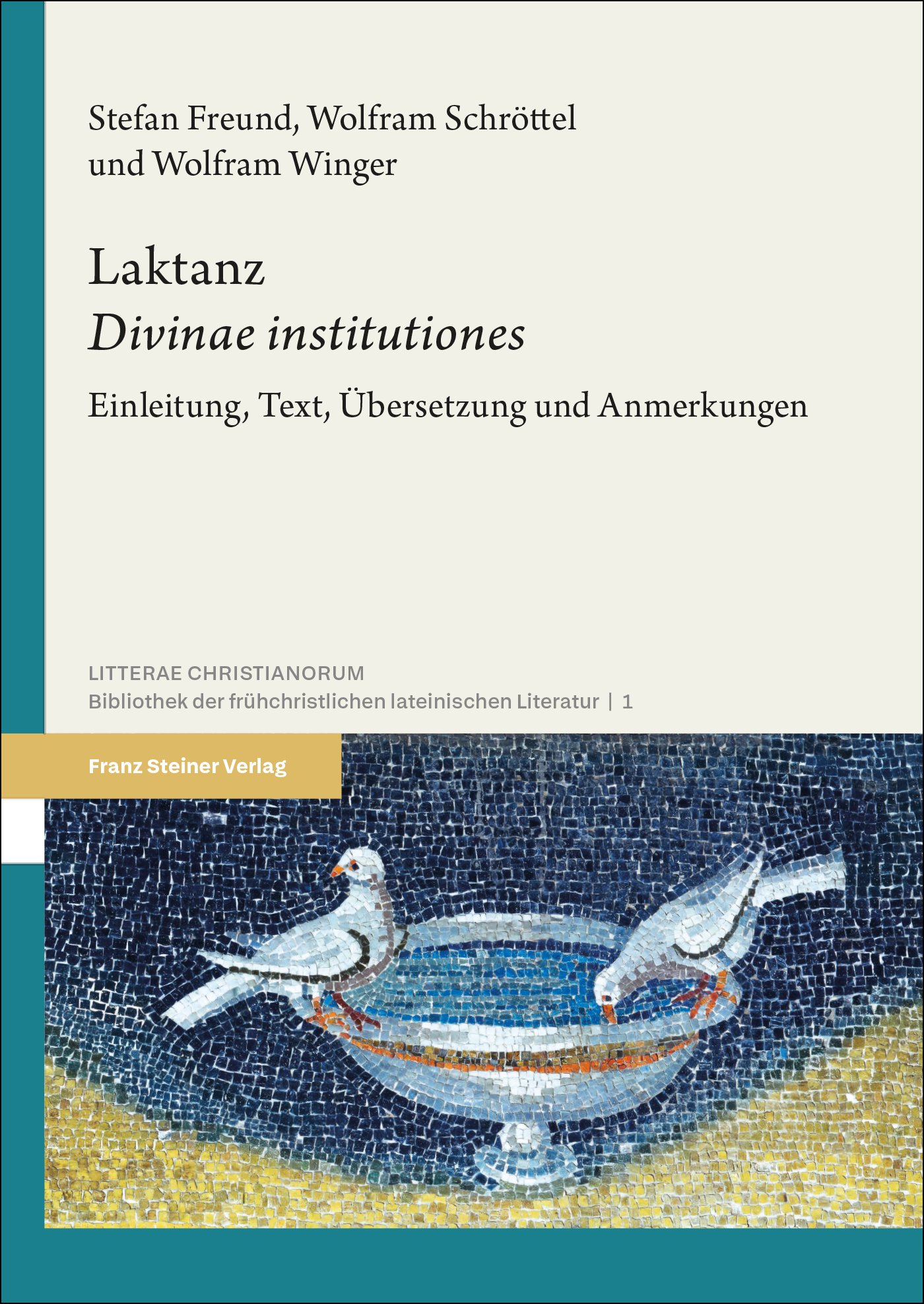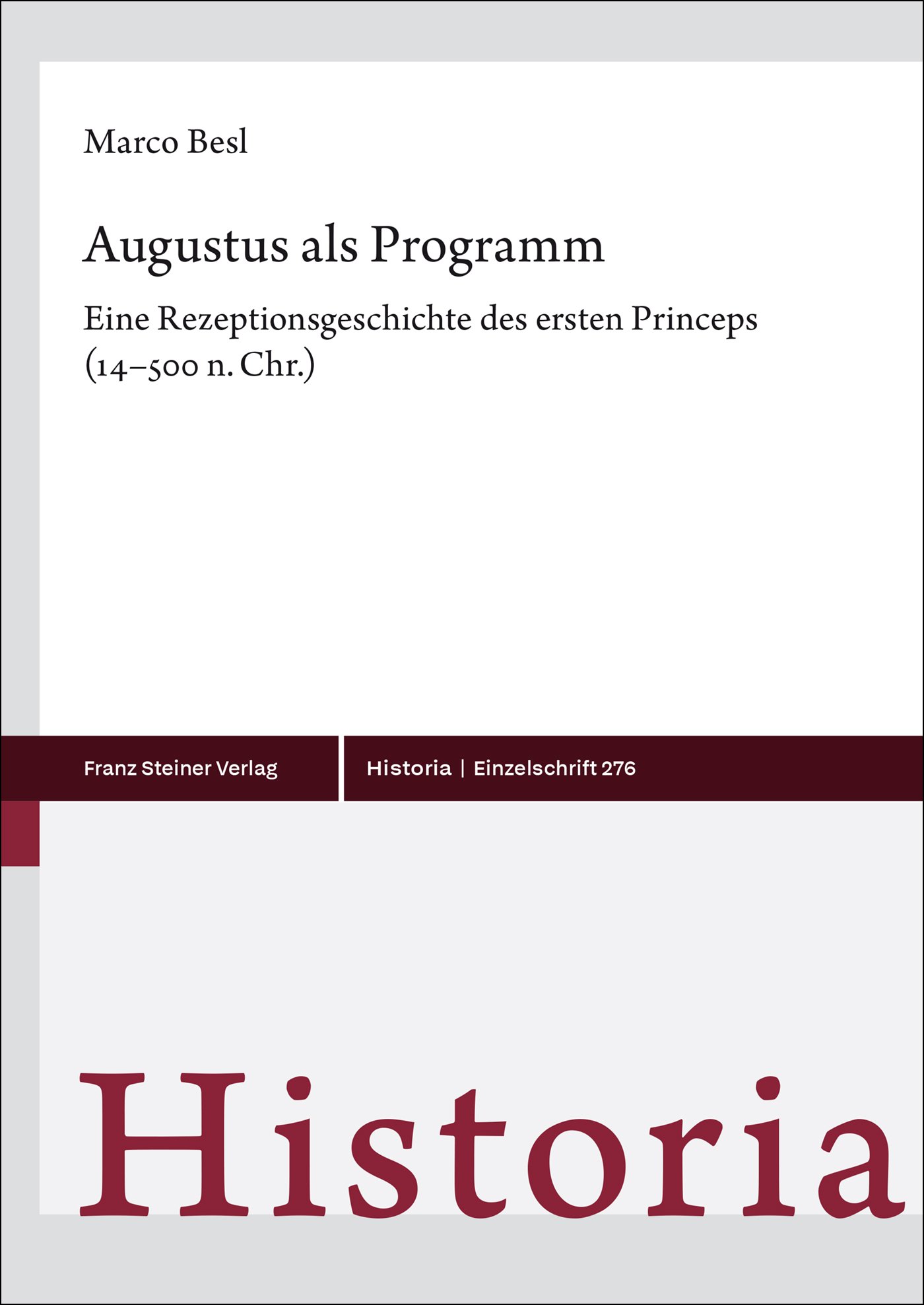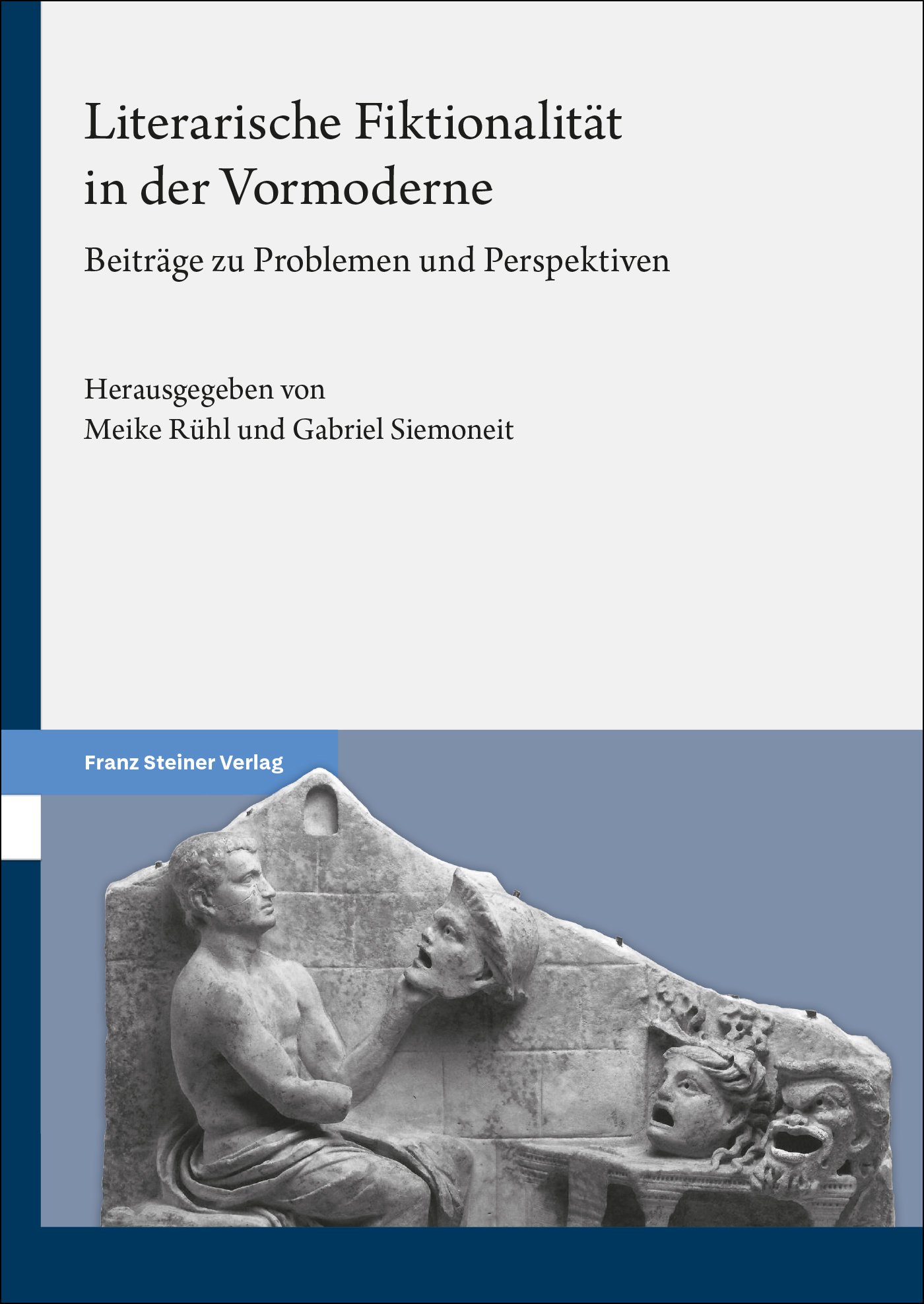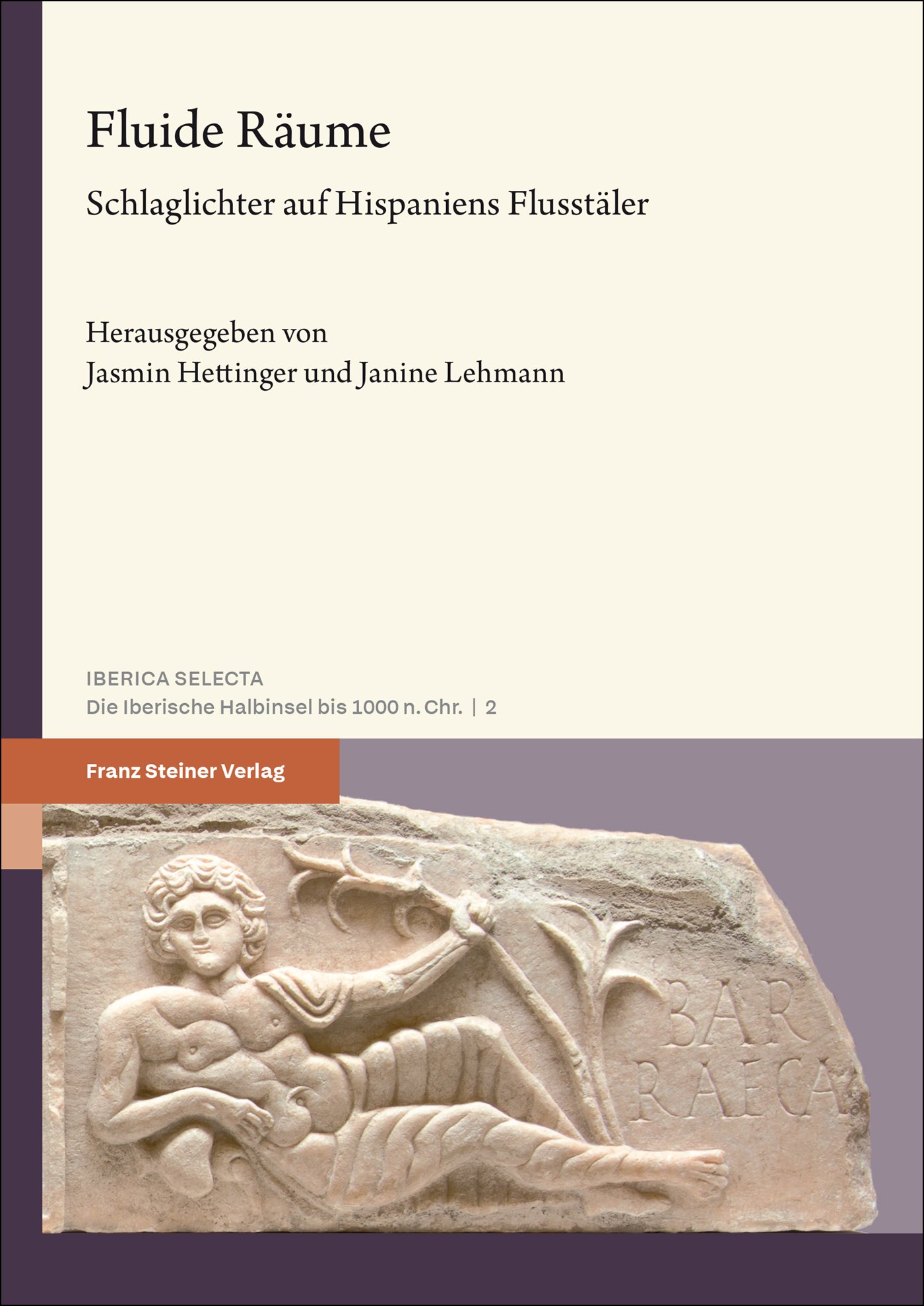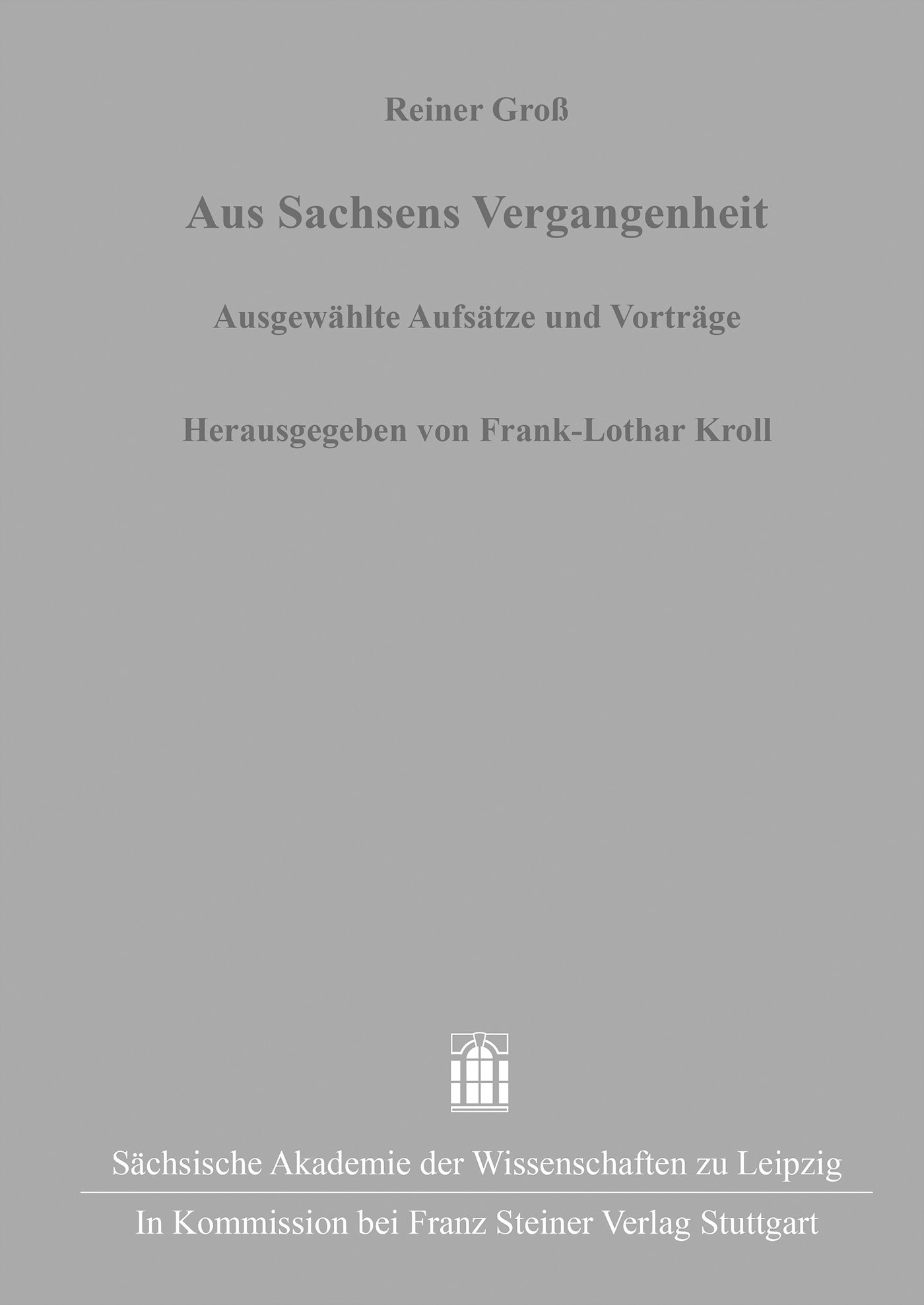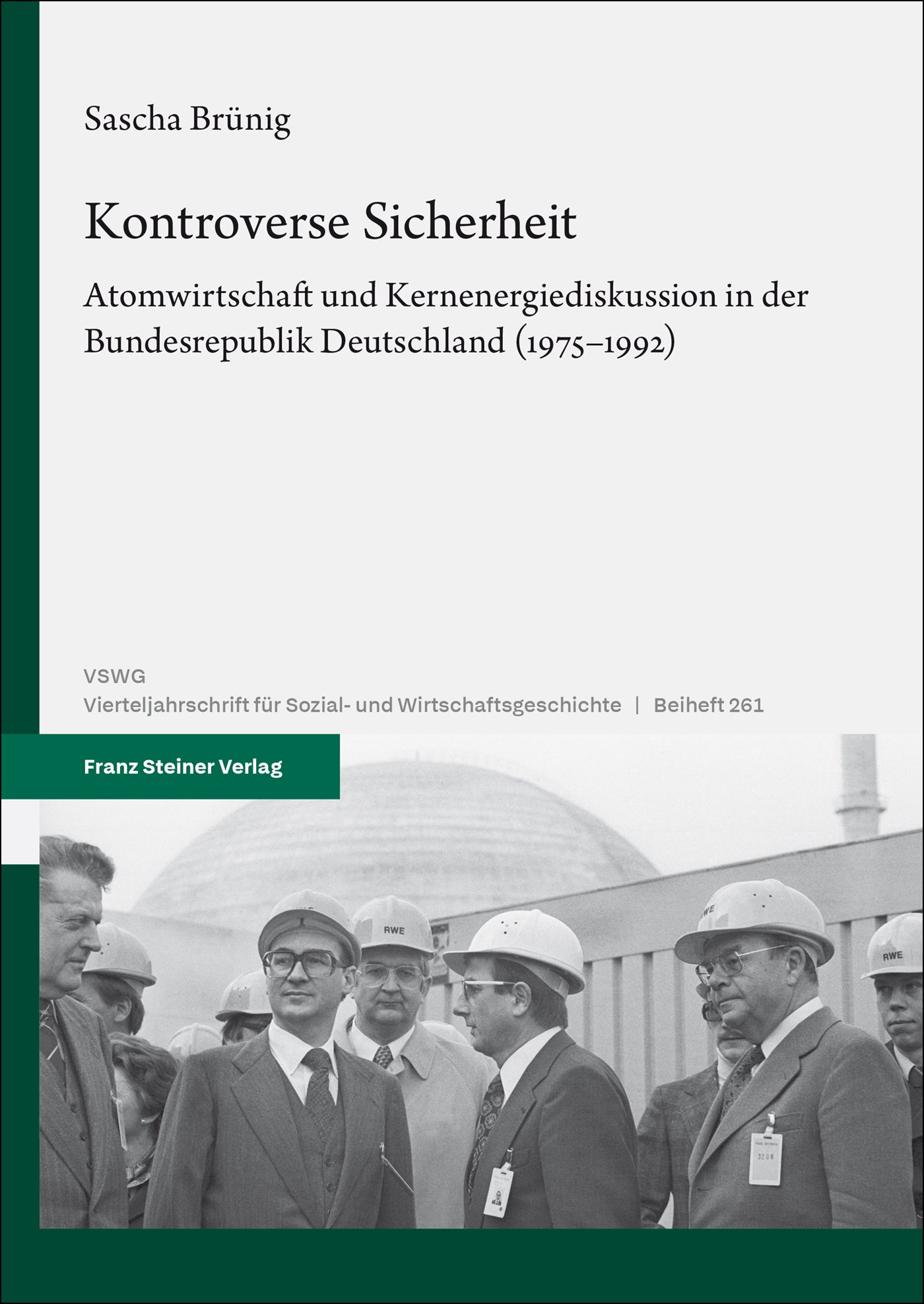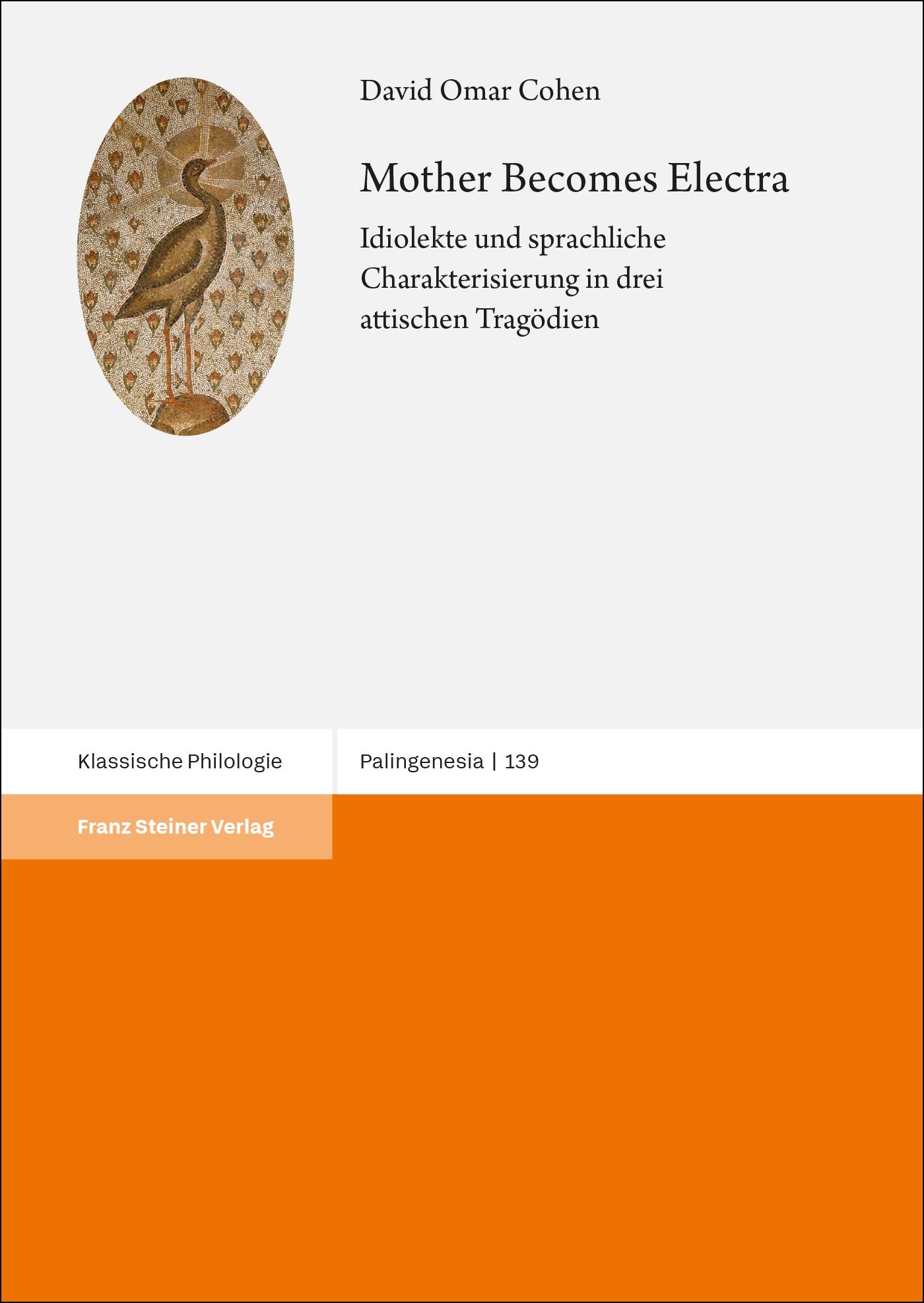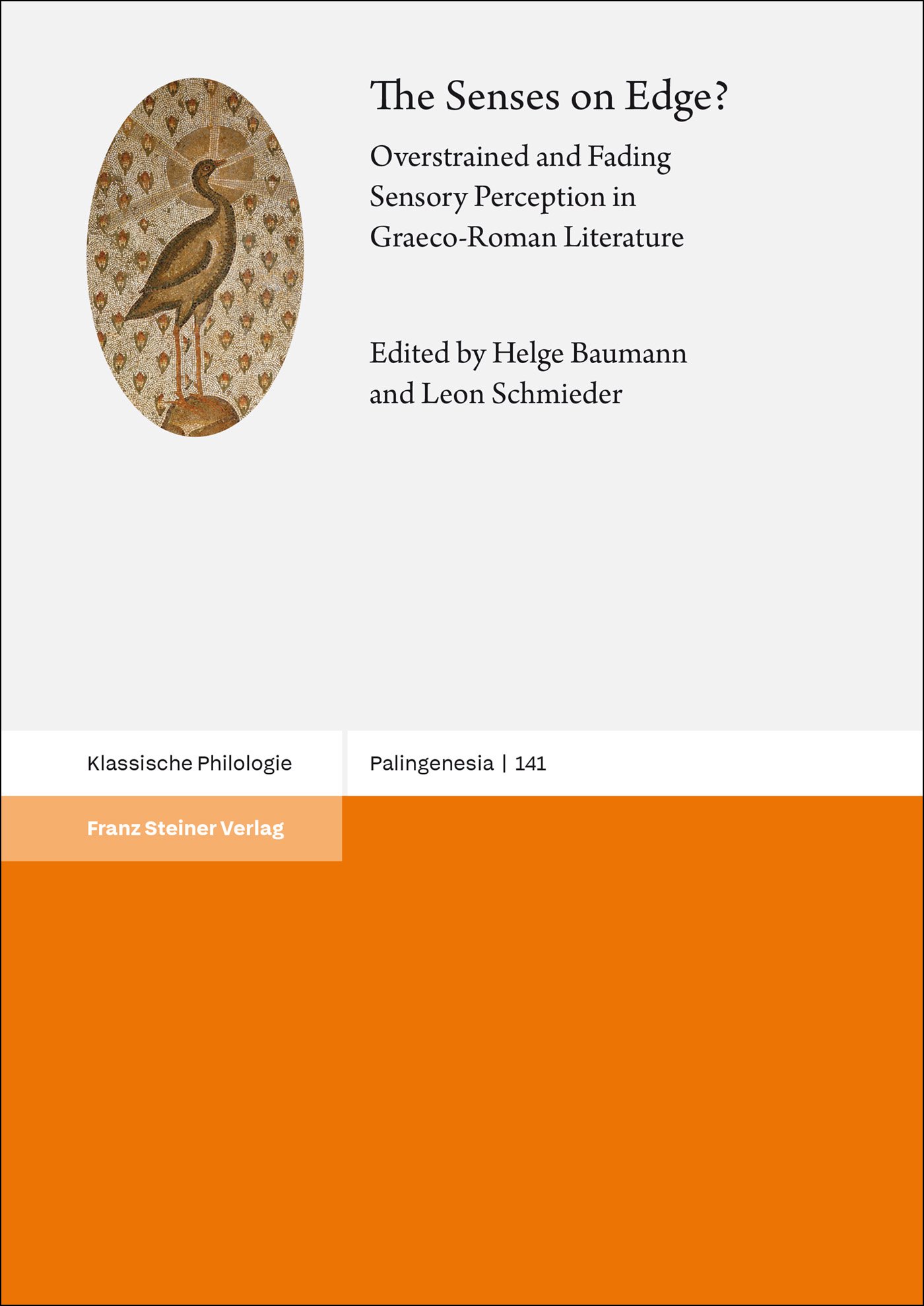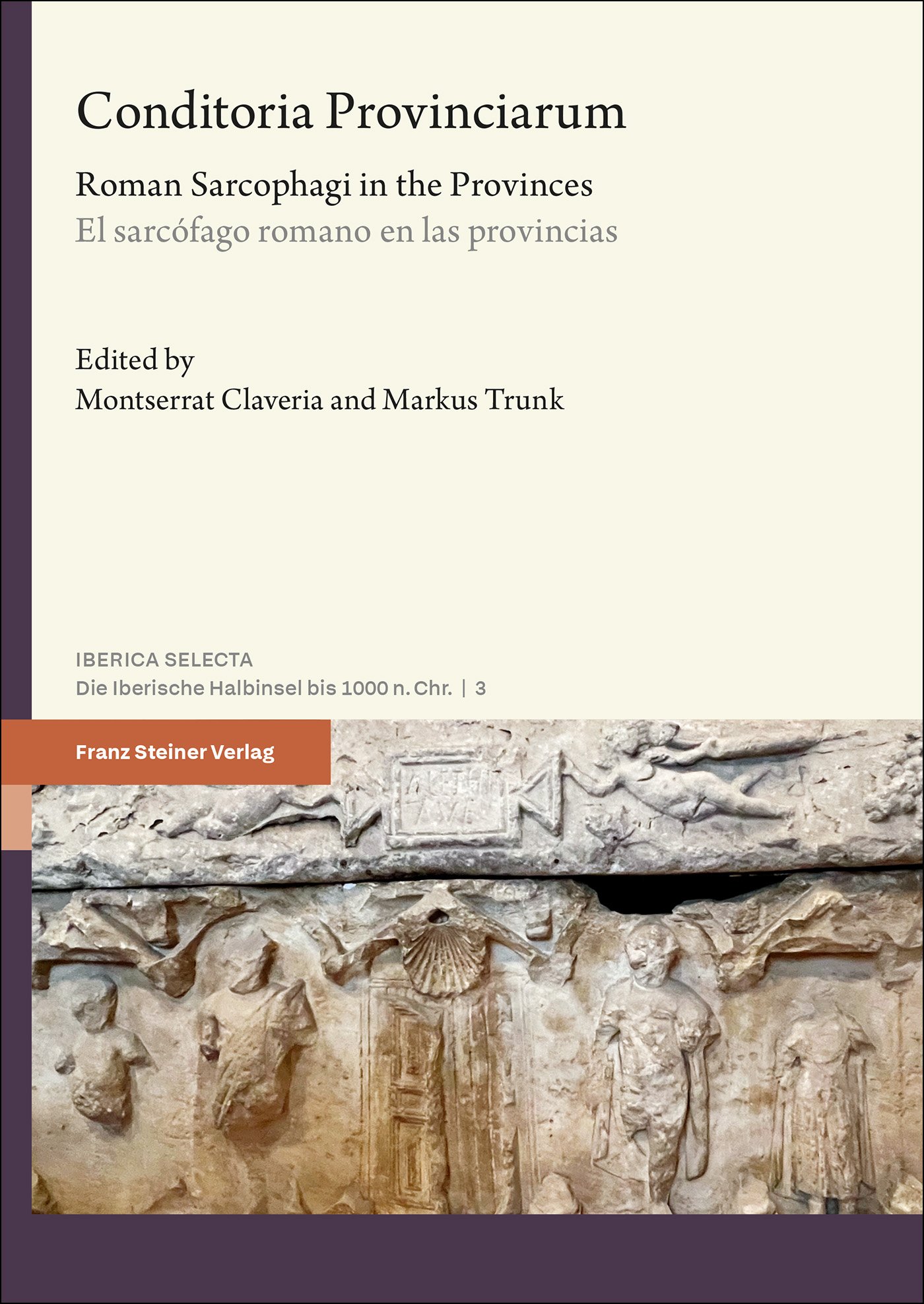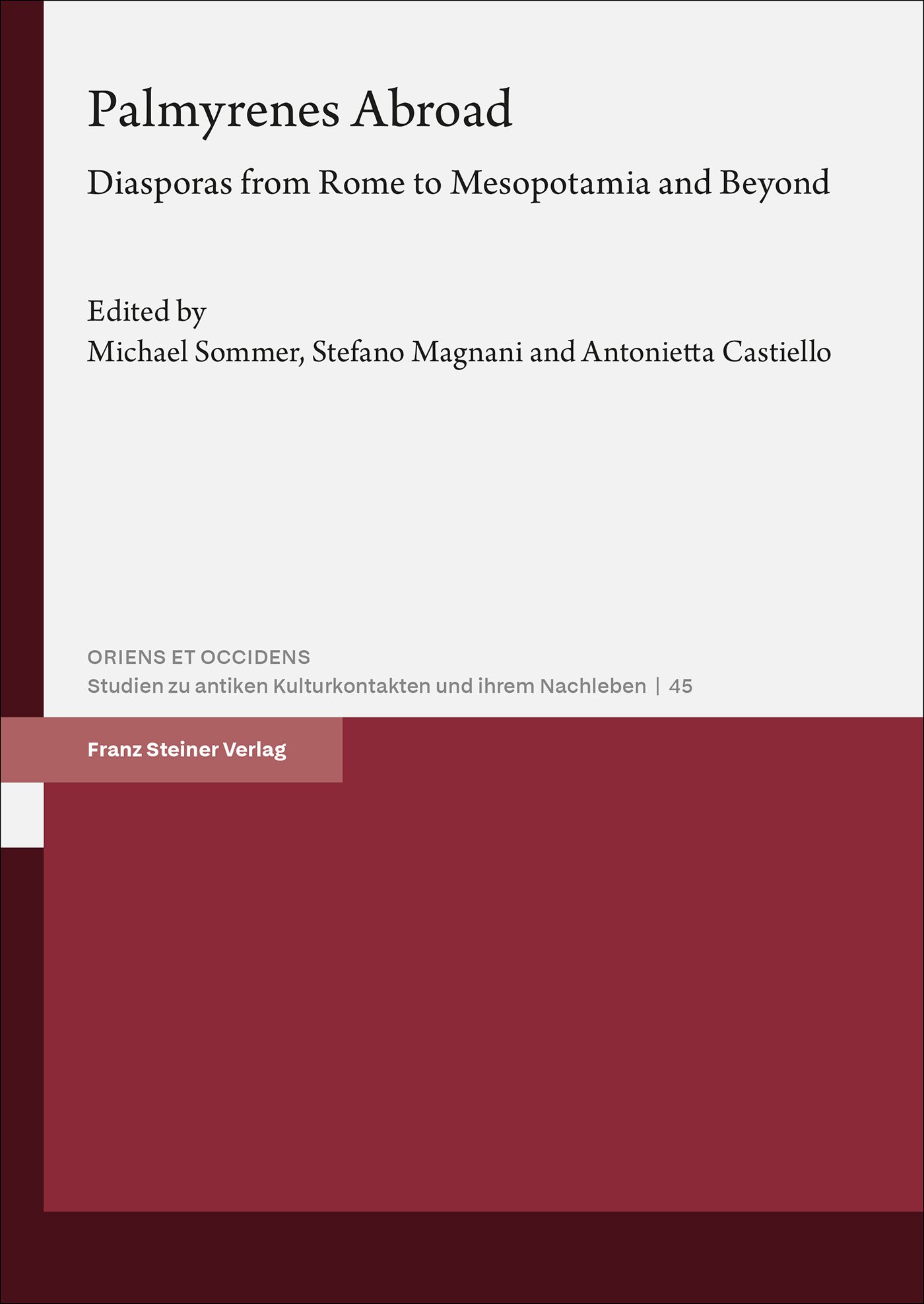Text body
Text formats
- For text mark-ups, please primarily use italics. Avoid bold type and underlining wherever possible. Do not use CAPITAL LETTERS!
- Titles of works quoted in the text (literature, pieces of music, films) are usually italicised and are without inverted commas:
Goethe’s Faust; Plato’s Republic; Mozart’s Zauberfloete; Coppola’s The Godfather
- Titles of works reproduced in non-Latin script are not italicised:
Plato’s Пολιτεία
- The same applies to foreign language terms. These are usually italicised, except for terms in non-Latin script:
frontier; la terreur; polis
but: πόλις
- Foreign language names of institutions and associations are also italicised:
Quai d’Orsay; Città del Vaticano
- Double quotes can be used to relativise and problematise terms or to create distance:
the “Third Reich”; “ethnic cleansing”; the “weaker” sex
- In the case of additional special mark-ups (e.g. in text editions), please check with the publisher.
Numbers
- Numbers comprising one or two syllables are usually written out in full in the body of the text. This applies particularly to proper names:
She had five children.
the Second World War
- Numbers of one or two syllables are written in numerals when they are directly related to a number of three or more syllables or when the number and its associated noun (e.g. in an analysis or evaluation) constitute the actual statement:
Out of 1,000 wishes, 795 came true.
a bicycle with 3 wheels; a snake with 5 heads
- Numbers (except years) with more than three numerals must have a dot in German, Italian, French etc. texts, and a comma in English texts:
German, Italian, French: 7,45; 1.564,90
English: 7.45; 1,564.90
- Decimal places are separated in German, Italian, French etc. texts with a comma, in English with a dot:
German, Italian, French: 7,45; 1.564,90
English: 7.45; 1,564.90
From-to numbers
- From-to numbers should be given in full. Exceptions are possible in the case of consecutive years, and within tables and graphics to save space:
1945–1963; 56–59; 2.476–2.493
only with consecutive years: 1945/46
only in tables and graphics: 1945–63
- Instead of an en-dash, a from-to formulation can be used in the text body, but mixed forms are not permitted:
not: from 1945–1963
but: from 1945 to 1963; 1945–1963
Measures and currencies
- The abbreviation of common measures, weights, currencies and the percent sign is permitted in connection with numerical data – even in the body of the text – but it is not compulsory (please pay attention to consistency!).
- The figures in front of abbreviated measures, weights, currencies, percents etc. are not written out:
not: five km
but: 5 km; 5 kilometres; five kilometres
Dates
- Please write out in full the names of the months in the body of the text. In footnotes, tables and graphics the abbreviated form may be used:
text body: 10 December 1723
alternative in footnotes, tables and graphics: 10.12.1723
- Decades are usually given in numbers. In the body of the text they may also be written out, but please be consistent:
the 1970s
alternative in the text body: the seventies
- The word “century” is not abbreviated (except in tables and graphics).
Quotations
- All quotations need to be referenced. The reference is given in a footnote, not in the text, and without the addition of “cf.“ etc.
- Please mark longer quotations by indenting them as a separate text block. In this case, omit the quotation marks.
- When quoting within a quotation, please use single quotation marks unless the quotation is indented (see above) – then use double quotation marks for quoting within a quotation.
- Omissions in quotes: please use as ellipsis three dots in square brackets […]. There is a space before and after an ellipsis that replaces a whole word. If the ellipsis only replaces a part of a word, there is no space. As a rule, there is no ellipsis at the beginning and end of a quotation.
- Insertions, amendments, comments and grammatical adjustments are likewise in square brackets:
[sic!]
[author’s italics]
- Full stops, question marks and exclamation marks are placed before the closing inverted commas if they are part of the quotation. No full stop is then placed after the inverted commas:
“Let‘s save the planet!” That was her most fervent wish.
- If you are quoting only part of a sentence, the punctuation will follow the quotation marks.
Her most fervent wish was to “save the planet”.
- Commas and semicolons are always placed after the closing inverted commas:
“I dreamed”, she said, “that we would save the planet.”
- In quotations, the original spelling and punctuation is retained, while the typography (font style and size, type of text mark-up) is usually not.
Footnotes
- Footnote numbers appear after the punctuation of the phrase or clause to which the note refers, except if the footnote refers exclusively to the last word before the punctuation.
- During the layout process, the footnote count is set so that each main chapter of a monograph and each contribution of an edited volume begins with footnote 1. If you do not want this, please indicate this when submitting your manuscript.
- If the first footnote of a contribution contains general information (e.g. an acknowledgement, a dedication or a reference to the underlying discourse), it is inserted as an asterisked footnote at the end of the main title.
- The footnote text begins with a capital letter and ends with a full stop.
New releases
New
Jadwiga Kita-Huber (ed.) ,
Jörg Paulus (ed.) ,
Renata Dampc-Jarosz (asst.) ,
Simona Noreik (asst.) ,
Agnieszka Sowa (asst.) ,
Katarzyna Szarszewska (asst.) ,
Paweł Zarychta (asst.)
Schreiben im Zeichen des Umbruchs
Briefe von Schriftstellerinnen aus der Sammlung...
New
Frank-Lothar Kroll (ed.)
Reiner Groß. Aus Sachsens Vergangenheit
Ausgewählte Aufsätze und Vorträge
